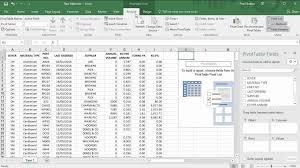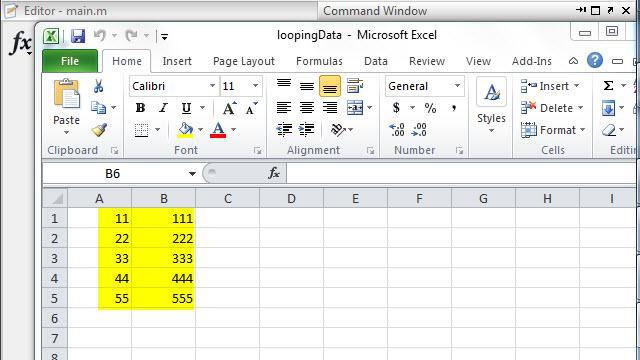在 R 编程中写入文件
R 编程语言 是专门用于各个领域的数据分析的非常强大的语言之一。数据分析意味着从各种文件(如 excel、CSV、文本文件等)读取和写入数据。今天我们将处理使用 R 编程将数据写入不同类型文件的各种方法。
R – 写入文件
用 R 编程语言将数据写入 CSV 文件
CSV 代表逗号分隔值。这些文件用于处理大量统计数据。以下是写入 CSV 文件的语法:
句法:
R
write.csv(my_data, file = "my_data.csv")
write.csv2(my_data, file = "my_data.csv")R
write.table(my_data, file = "my_data.txt", sep = "")R
library("xlsx")
write.xlsx(my_data, file = "result.xlsx",
sheetName = "my_data", append = FALSE).Here,
csv() and csv2() are the function in R programming.
- write.csv() uses “.” for the decimal point and a comma (“, ”) for the separator.
- write.csv2() uses a comma (“, ”) for the decimal point and a semicolon (“;”) for the separator.

将数据写入文本文件
文本文件在我们日常生活中的几乎所有应用程序中都普遍使用,作为“无纸化世界”的一步。好吧,写入 .txt 文件与写入 CSV 文件非常相似。以下是写入文本文件的语法:
句法:
R
write.table(my_data, file = "my_data.txt", sep = "")

将数据写入 Excel 文件
要将数据写入 excel,我们需要安装称为“xlsx 包”的包,它基本上是一个基于Java的解决方案,用于读取、写入和提交对 excel 文件的更改。它可以按如下方式安装:
install.packages("xlsx")并且可以加载并且使用它的一般语法是:
R
library("xlsx")
write.xlsx(my_data, file = "result.xlsx",
sheetName = "my_data", append = FALSE).
